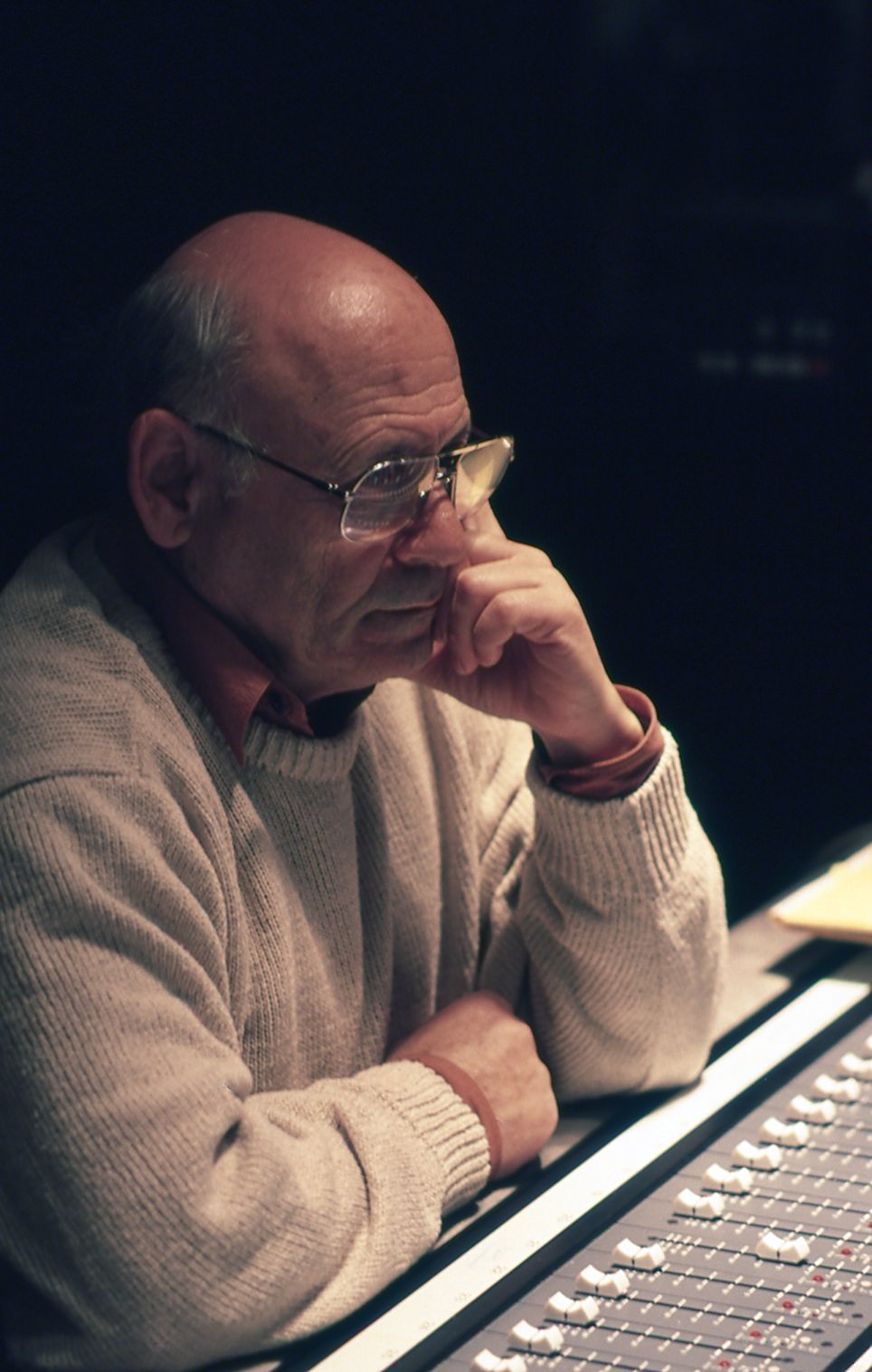When I grow up I will be a photographer…
The first photo that caught my eye was the laying of the cornerstone for the Hebrew University on Mount Scopus in Jersusalem.
One of the individuals sitting in the first row was Chaim Weizman, next to him the high commissioner, the chief rabbi and behind them Achaim. Among them i recognized my uncle who was crowned in one of the neighborhoods in Jerusalem. All these signified great importance and seriousness as participants in the event, perhaps the most important one of those times.
The stage, Maccabi’s ushers, the surrounding crowd and the Yehuda Desert in the background, were for me a spectacular spectacle that captured my eyes as a very young child in Jerusalem.
From the moment i discovered this picture that was published in every history book of the Land of Israel, and hung on the walls of the homes of Jerusalem Zionists, I understood that in this media it is possible to tell about events and actions of human beings, and as it is said in the trite and well worn sentence, “One picture is worth…”
And then I decided “when I grow up I will be a photographer” because photography is much better than a blackboard - multiplication and Hebrew lettering, simply aim, press and freeze the moment, which will remain on the negative forever.
In the beginning it was a box camera that I received for a Bar Mitzvah, the problem at that time was buying film and printing it was limited to the size of a business card.
At the same time as my love for photography grew my interest in music. I spent many hours next to the big radio, which was the only one on our street. Looking for foreign stations that pay classical music. When a Mozart symphony or another classic was broadcast, I would sit mesmerized in front of the radio, and not move until after the announcement of the performance. Then I decided “when I grow up I will be a conductor of an orchestra.” So I didn’t become one, but these two fields accompanied and accompany me to this very day, and not just as hobbies. Music was my profession for many years. I initially learned music from private teachers, playing the clarinet, and then in special courses of the Academy of Music (theory, composition, analysis of works and more).
I learned photography using the well-known method “touch and find”, and then I had conversations with famous photographers (Rafi Magnes, David Rubinger, Ralph Kneller, and more).
They say that in life there are situations and meetings that affect our lives, and indeed! In the fifties I studied and trained in the United States (New York) in the productions, recordings and broadcasts of music in a special program arranged for me (the young man from the young country) by my organizers.
One morning I was sent to a large studio (huge in Israeli dimensions), the studio in the eastern part of New York. They told me “there would be a violinist, and an orchestra”. It turns out that the violinist was none other than Isaac Stern, and the conductor… Leonard Bernstein, and the orchestra…The NYC Orchestra which was established as Toscanni’s Orchestra.
During the recording, which lasted several days, I met Isaac Stern for the first time there in New York, and later in Jersualem where he founded the music center. A wonderful personal and professional friendship was formed between us, which lasted until the day of his death.
At the music Center I worked as a deputy director, a director and the house producer, until I retired.
in all those years, a camera was hanging on my shoulders, which gradually developed in quality until the great breakthrough of digital photography, which I think enabled photography techniques: high resolutions, photography in existing light conditions (available light), photography for editable files, and more. And of course huge savings on the purchase of photographic film.
You can perhaps compare this with the great breakthrough of digital recordings, and the sophisticated means of editing, without which is unthinkable to record music, no matter what style.
And again, as a musician, and a photographer, I founded the parallel between a photos (after printing) and a musical pieces, two different media actually with parallel elements. I find in photography chords that build the image, and in music sounds that create an image.
Chronology
Abraham ‘Goody’ Gat
Born in Jerusalem in the winter of 1929
lived in Nachalat Sheva, and then in the Talpiot neighborhood
Went to high school like everyone else
Army
fought in the north of Jerusalem in the battles of ‘48, and in the west of Jerusalem, a service escort to Tel Aviv (his family was informed twice that he was killed)
Joined the Palmach in the Jerusalem area as a liaison officer
after release, worked at the beach station in Haifa as a ____
Continued to National Electronics studies at the Technion
Working in the Voice of Israel (1950) responsible for broadcast production, and recording music
studies and training in New York
Work at the Jerusalem Music Center, Sanen director
2002 Retirement
Exhibitions:
Jerusalem Street 185 Hebrew Youth Center Jerusalem
“Musicians” 1980 Jerusalem Theater
“Windows” Mishkent Sha’anim Gallery 2002
“Things I saw” Tsava club 2010

